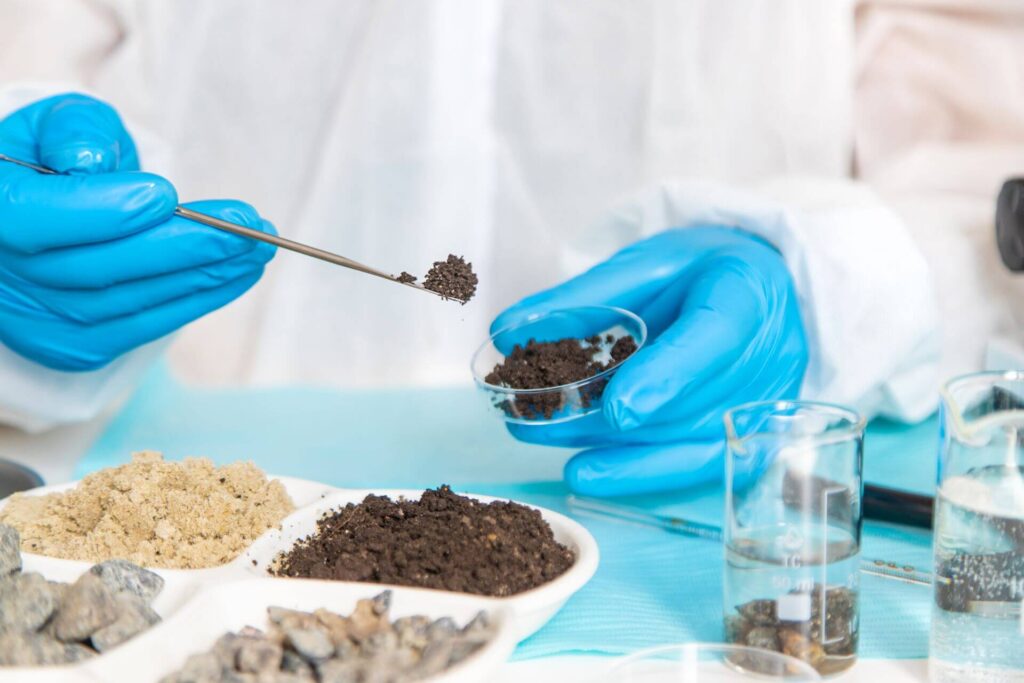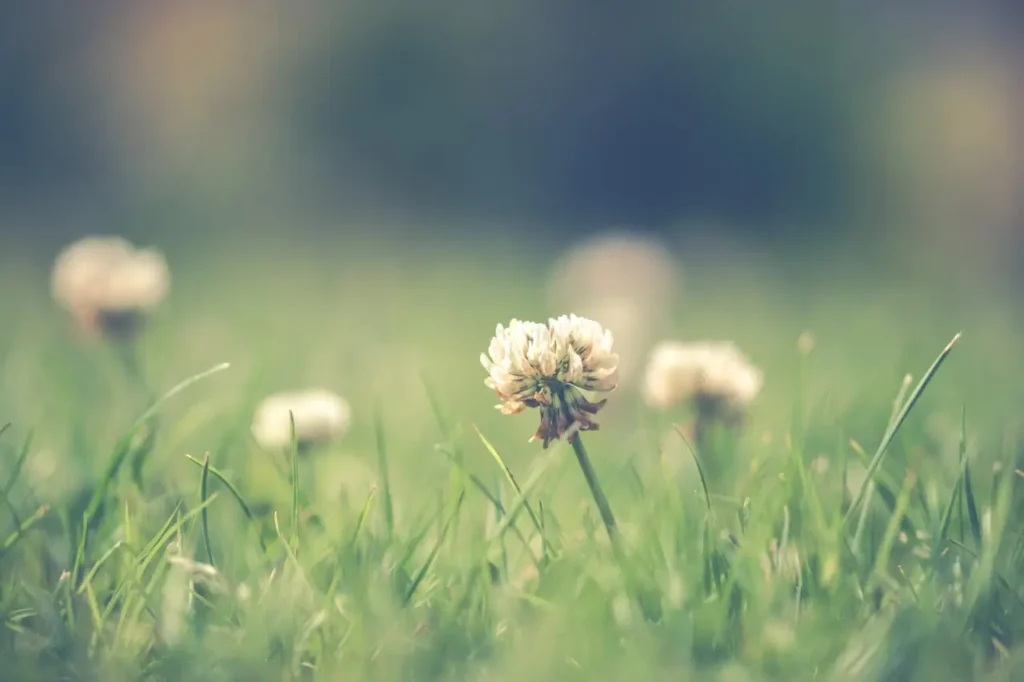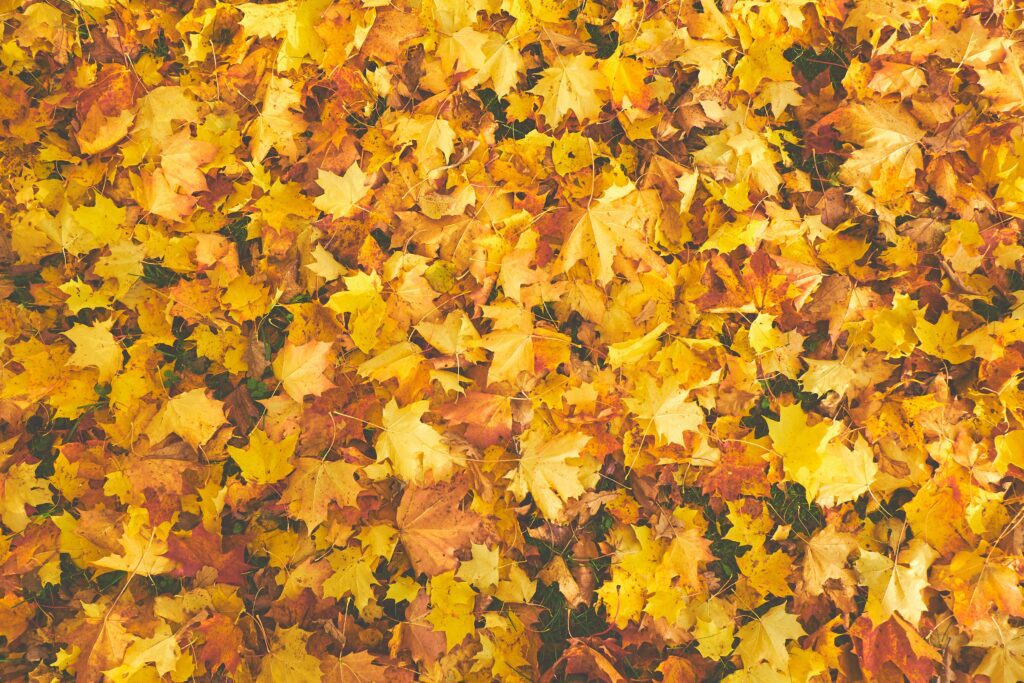While a summer drought can ruin a good lawn, the harsh winter weather can do its own share of damage as well. Cold, frosty weather can suck the life out of your luscious lawn. However, all is not lost.
Tips to Revive your Dead Grass
Here are some helpful tips to help you revive your dead grass to its former glory after the effects of the cold.
Survey the Damage
The first step is to determine the extent of the damage. Is your grass dead or simply in a dormant state? Is your entire lawn damaged or are there just dead spots? Warm-season grasses naturally go dormant in cold weather and are likely to return to its natural state with some TLC.
Get Rid of Debris and Dead Grass
Make sure to clean up any tree branches, leaves, and other debris before you start the process of reviving your dead grass. Getting the debris and dead grass out of the way lets you see the extent of the damage done to your lawn. Remove any plants and shrubs that didn’t survive the winter and trim any overgrown branches to allow for new growth.
Aerate the Soil
Excessive snow and foot traffic can damage your soil, making it hard for the roots to get the nutrients and water it needs to thrive. Use a plug aerator or simply poke holes in your lawn to aerate the soil and get in top condition again.
Remove Weeds
Pull out any weeds you see popping up. If it is excessive, spray weed killer. If you do not want to use harsh chemicals on your grass, try a homemade version. This should be done before watering or fertilizing the lawn as you don’t want the weeds to continue to grow.
Reseed
Before you start to reseed, all frost must be thawed and the soil temperature should be around 50-60 degrees Fahrenheit. Use your hands to scatter seeds evenly, or you can choose to use a mechanical seeder if you have a bigger lawn. These seeds need to be watered daily so that they can begin to grow.
Fertilize
Fertilizing your lawn is important, although the right fertilizer must be used. Doing a soil test can determine what fertilizer will be best for your lawn. A professional lawn service will be able to help you choose the right fertilizer for your soil.
Maintain
A lawn requires upkeep, especially during winter. Ideally, healthy grass length should be around three inches so it doesn’t dry out. It also needs to be mowed regularly. Another top tip – don’t fertilize too often as it can lead to pest infestations and weed growth.
Reviving dead grass does not happen overnight. Getting your lawn back to its healthy state takes time, care and patience. That said, having a luscious lawn is not only good to look at, but increases the curb appeal of your house.
We’re Colorado Springs’ premium lawn care provider. Contact us today or request a free quote.
Other Great Articles about Lawn Care Trips

Soil Testing 101: Why It Matters for a Healthy Lawn
Regardless of how long you’ve been in Colorado you’ve most likely learned one thing; Colorado’s finicky weather and stubborn clay soil can make it frustrating to get a lush green lawn. And while we spend a lot of time talking about what’s happening above the ground—like mowing, watering, and fertilizing—the real magic (or mischief) happens…

Understanding How Pre-Emergent & Post-Emergent Weed Control Products Work
Weeds can be the bane of any homeowner’s lawn, especially in central Colorado. If you’re battling these pesky intruders, understanding the differences between the various weed control products available can be daunting. That’s why we’re going to explain the two main types of weed management products, pre-emergent and post-emergent herbicides. As you read on, you’ll…

The Complete Guide to Fall Lawn Care: Best Practices for Preparing Your Lawn for Winter
Is this your first fall as a Colorado Springs homeowner? Whether you’re ready to winterize your lawn for the first time or simply need a fall lawn care refresher for the home you’ve lived in for years, these essential lawn care basics will help you transition your lawn from the summer season to winter. Fall…
